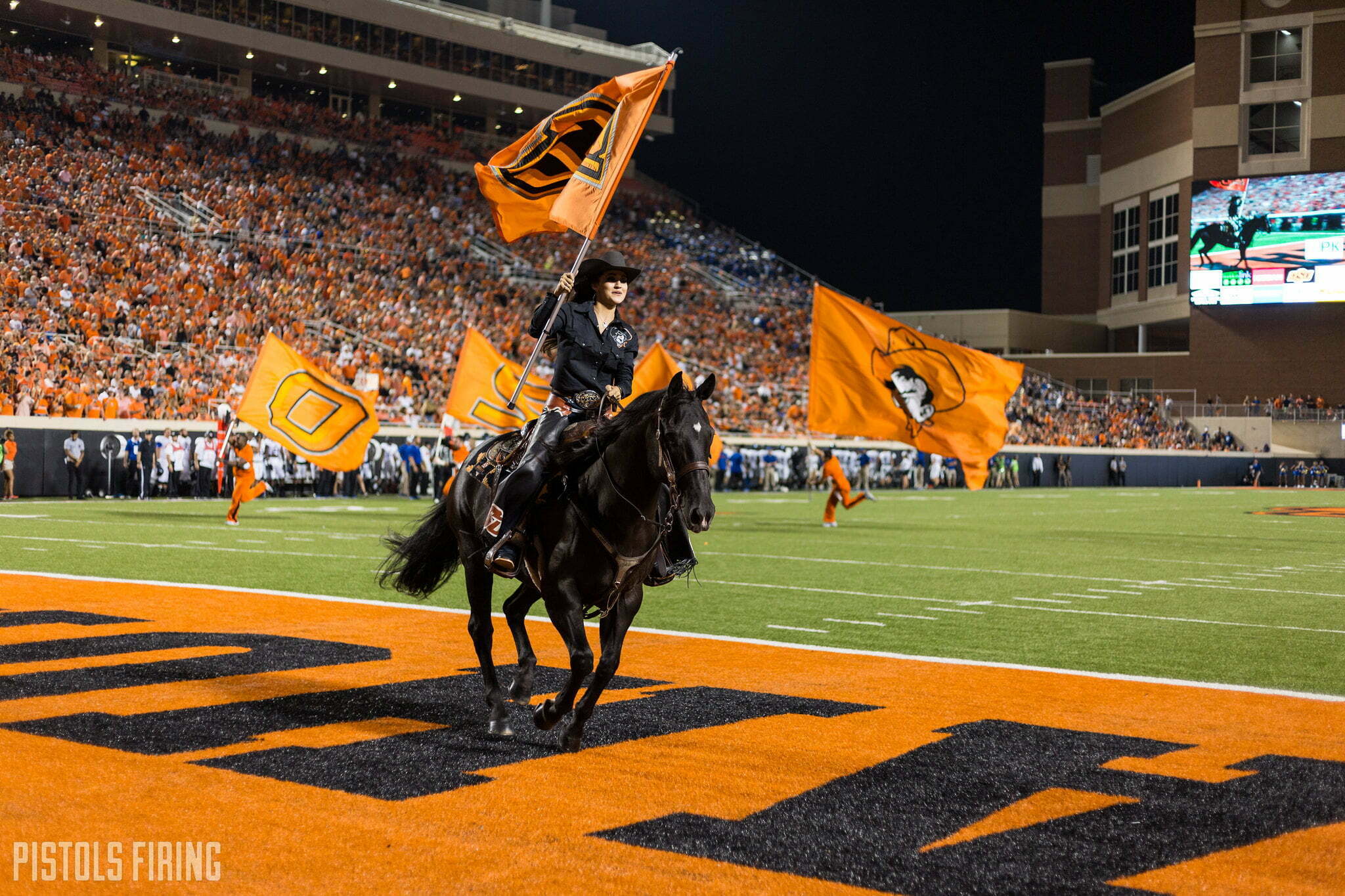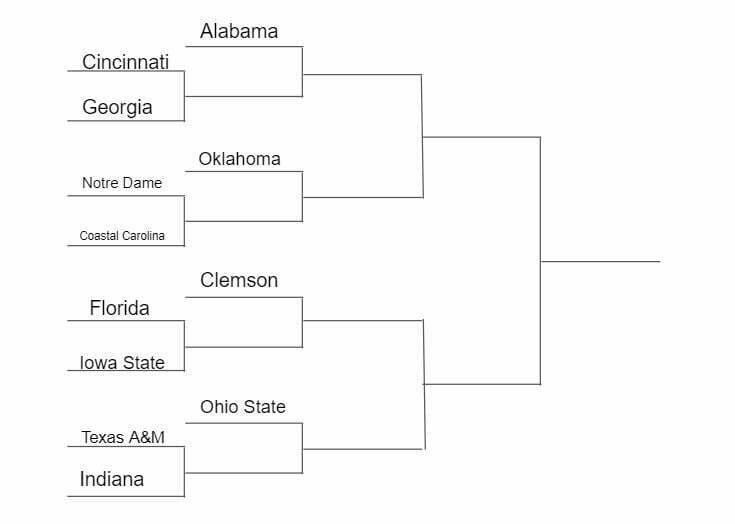Football
Report: College Football Playoff Discussing Expansion to 12 Teams
A look at what that bracket would’ve looked like in 2020.

It looks as if there is finally going to be some movement on College Football Playoff expansion.
The Associated Press reported Thursday that league commissioners are set to discuss a 12-team playoff, with six spots reserved for the highest-ranked conference champions. It’s unclear at this time when the plan would be implemented, with the AP noting the soonest would “seem to be” 2023.
An interesting note is that there is no mention of Power Five or Group of Five in the verbiage the AP uses. Given the Week 17 CFP rankings from the 2020 season, the Pac-12 wouldn’t have made a 12-team playoff, as conference champs Cincinnati (American) and Coastal Carolina (Sun Belt) were ranked ahead of Pac-12 champ Oregon.
The COVID-shortened season certainly didn’t help the Pac-12, but that might be a reason the Pac-12 would push for some sort of Power Five security at the upcoming expansion meetings.
The AP also notes that the four byes would be given to conference champions, meaning Oklahoma would’ve received a bye in 2020 despite entering bowl season sixth in the CFP Poll. This detail would be worrying to independent teams, as, unless it joined the ACC full-time, Notre Dame could never receive a first-round bye. That is, unless some sort of exemption is made for the Fighting Irish.
There is no limit in the proposal on how many teams from a given conference (SEC) could get into the Playoff, according to the AP.
To my understanding, here is what a 12-team 2020 bracket would’ve looked like in the proposed idea (if all Power Five champs get in, replace Coastal Carolina with Oregon):

This format would’ve been a total gut-punch to Oklahoma State in 2016. The Cowboys entered bowl season ranked 12th in the AP Poll, but would’ve been jumped by MAC champion Western Michigan, a team that finished 15th in the rankings, for the format’s need to get six conference champs in the field. So, Mason Rudolph, James Washington and Justice Hill would’ve been on the first team out.
That’s the closest OSU would’ve made it to a 12-team bracket since the CFP’s inception in 2014.
The jump from four to 12 without stopping at a nice, even eight seems a little extreme, but seeing it in a bracket, it makes a lot of sense. The top four teams that would’ve been in the original CFP model all get byes and just have one extra game added. Meanwhile teams ranked 5-12 would have to win four playoff games to win a national championship.
Aside from the increase in games, and the potential of more injuries, it seems like a win-win.
For college football’s blue bloods (Alabama, Clemson, Ohio State, etc.), they (more than likely) get a bye, and there is some safeguard for if they were to slip up and end the rankings in fifth or sixth.
For the teams on the fringe, like an Oklahoma State, it gives them more of a chance to be a part of college football’s Big Dance with the potential to gain notoriety from it.
Then everyone likely wins with the influx of cash that all the extra games, aside maybe from the amateur student-athlete, but that’s a discussion for another post.
This could further hurt bowl games, but I’m not sure how much more bowl games could truly be hurt. I think the same players who played in traditional bowl games in 2020 would play in them in 2021 with a 12-team CFP going on.
College football sure is moving forward since Brandon Weeden and Justin Blackmon short-circuited the BCS computers in 2011.

-

 Daily Bullets5 days ago
Daily Bullets5 days agoDaily Bullets (Apr. 23): Pokes Land Four-Star Quarterback, Retain Talent from Mike Boynton Era
-

 Hoops3 days ago
Hoops3 days agoFIU Transfer Arturo Dean Commits to Oklahoma State
-

 Football4 days ago
Football4 days agoThe Top 5 Quotes from Mike Gundy’s Final Spring Practice News Conference
-

 Hoops2 days ago
Hoops2 days agoTexas Tech Transfer Robert Jennings Commits to Oklahoma State






